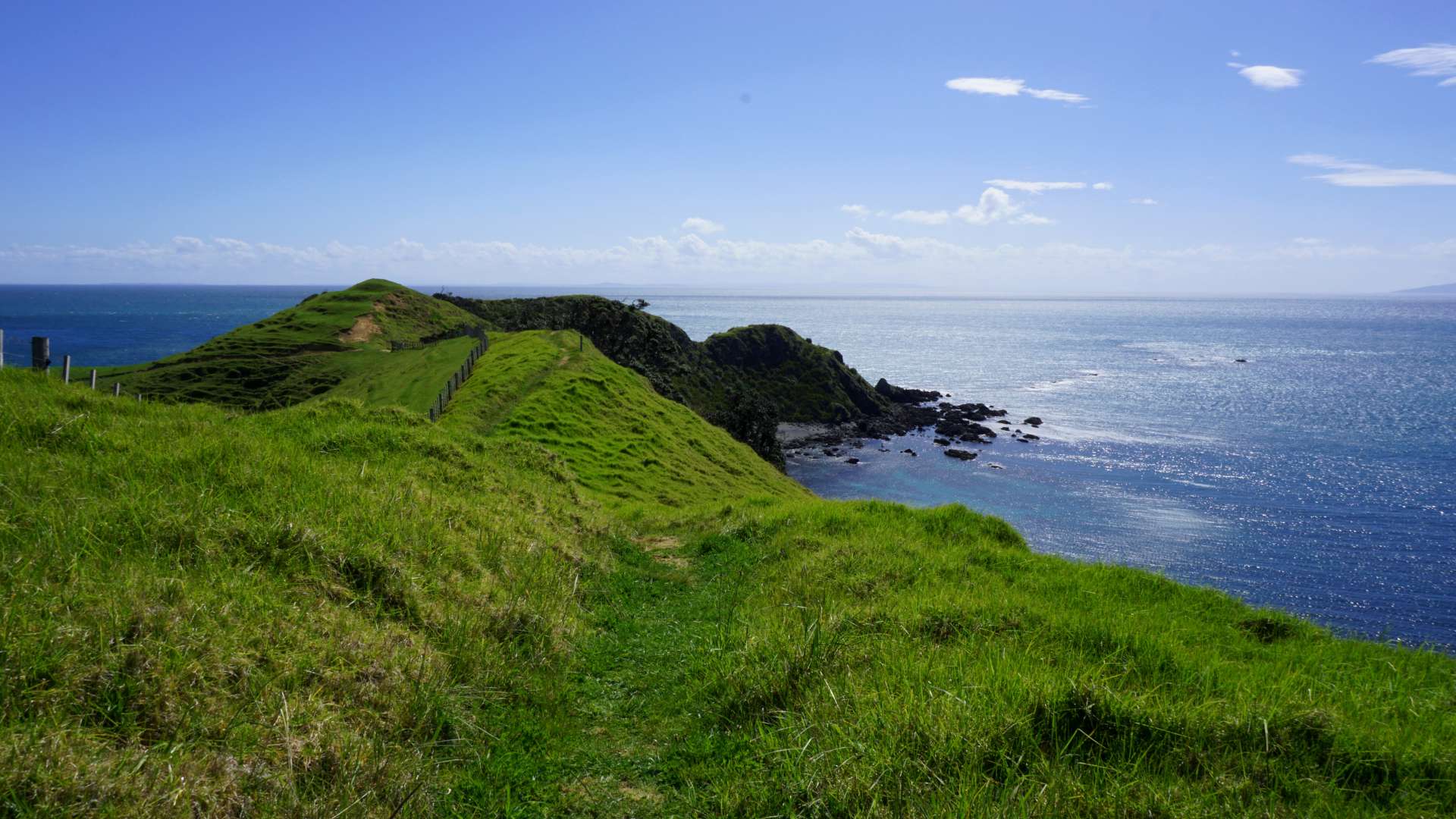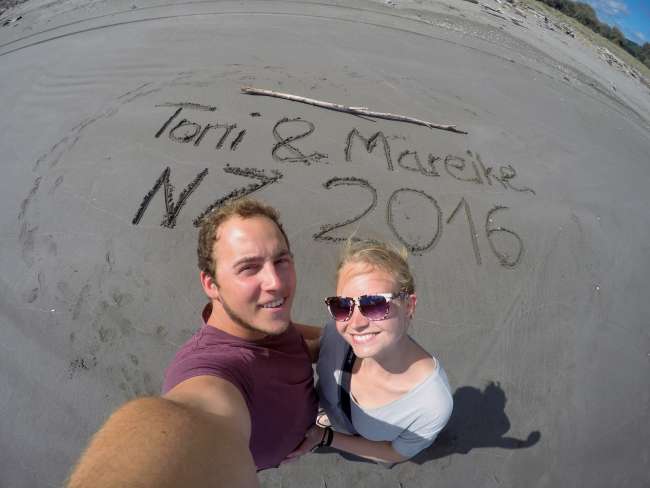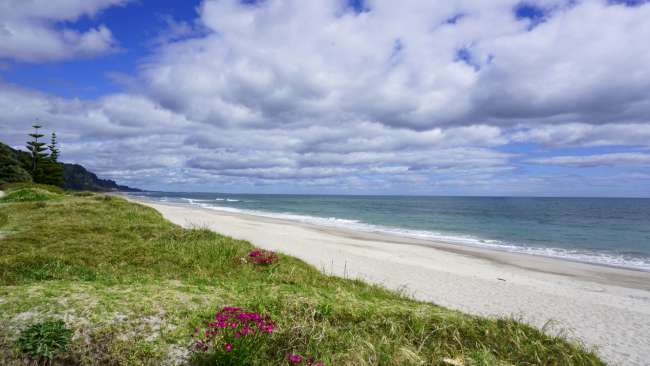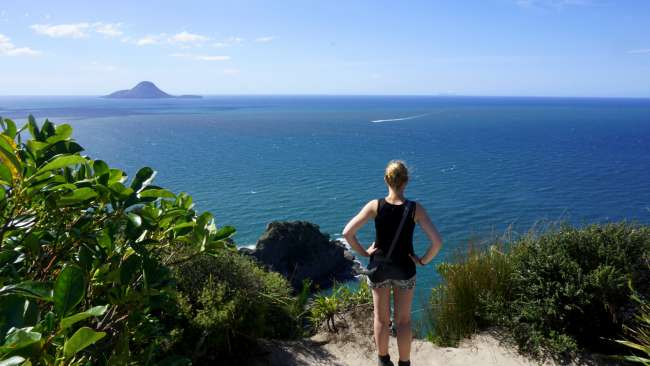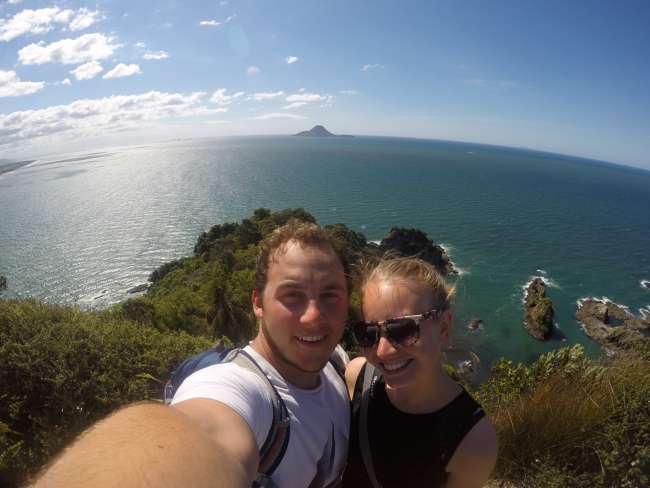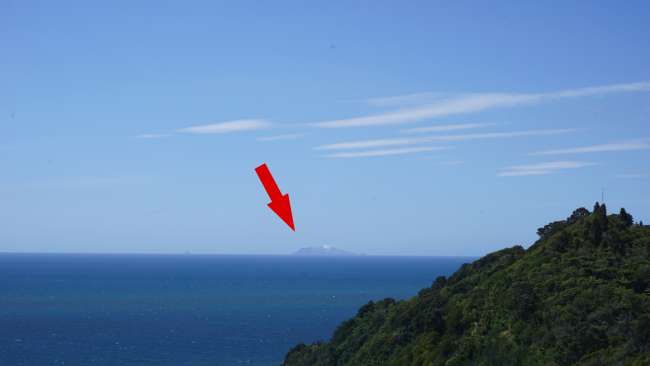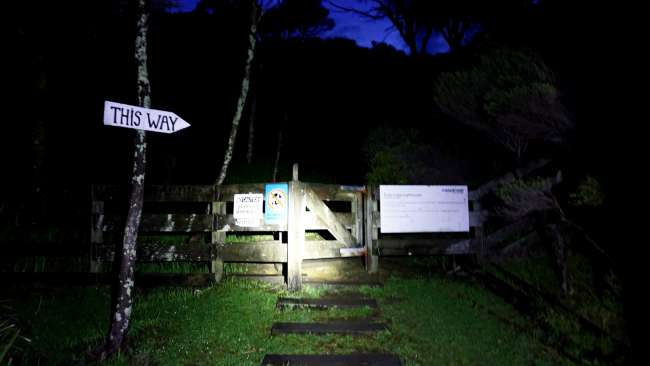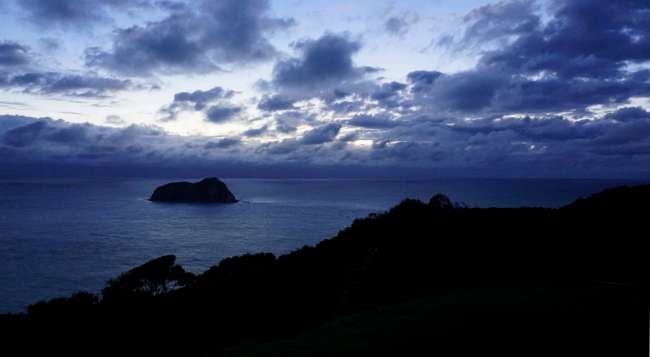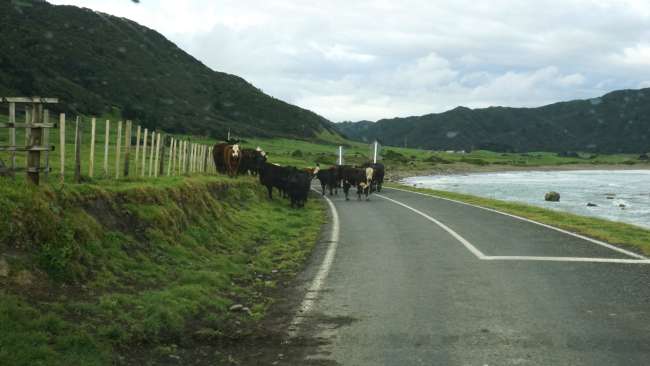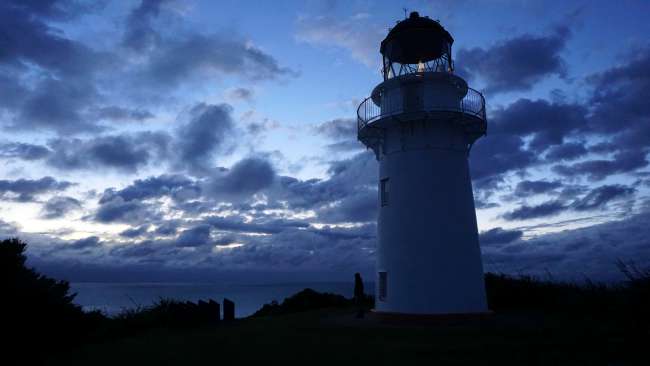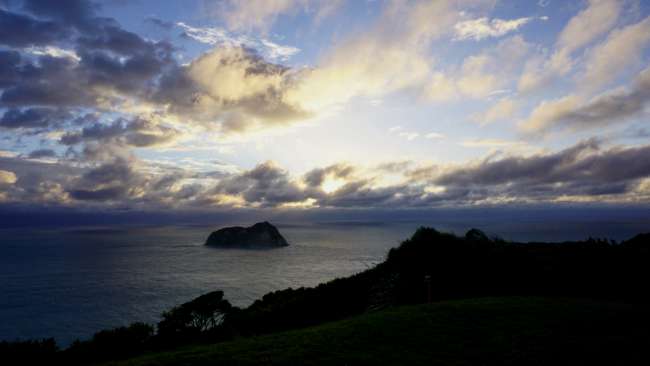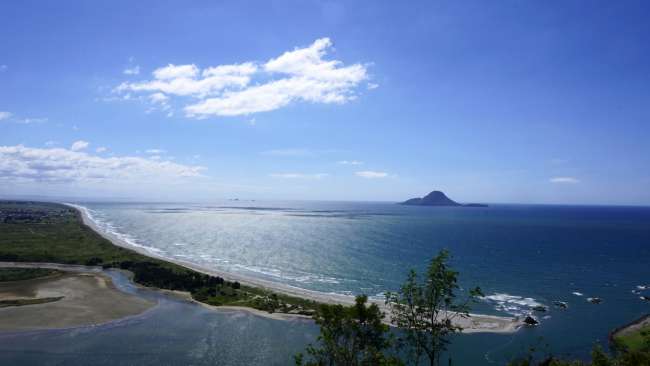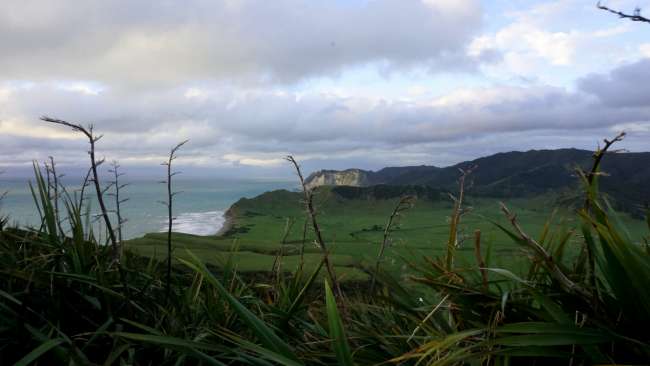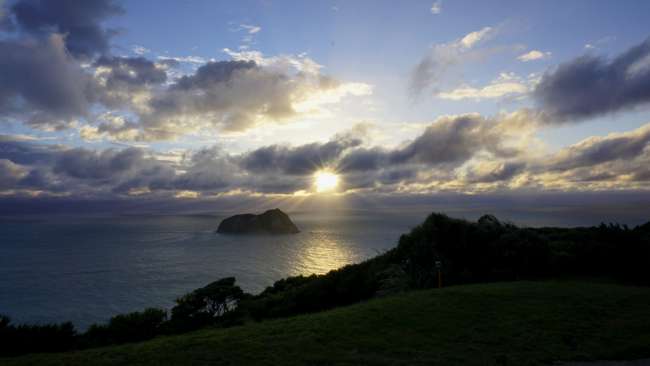To the end of the world
Publicēts: 19.01.2017
Abonējiet biļetenu
After leaving Rotorua, the smell and the rainy weather behind us, we were already looking forward to the ocean and the beautiful weather that was announced in the Bay of Plenty. So we headed (passing numerous kiwi plantations again) to a campground right on the beach and soaked up some sun. The next day, we went along the coast to explore Whakatane, a small coastal town, where we visited almost every sight described in the guidebook. First, we visited a nice museum here, then a large rock (which surely has some meaning), stopped by a waterfall, and finally we hiked along a coastal ridge. At the end, we had a great view, including Whakari (White Island), a highly active volcano in the middle of the ocean, which always emits a plume of smoke. However, since a visit is only possible by boat or helicopter and costs $200-900, we decided to maybe stop by again on the way back.
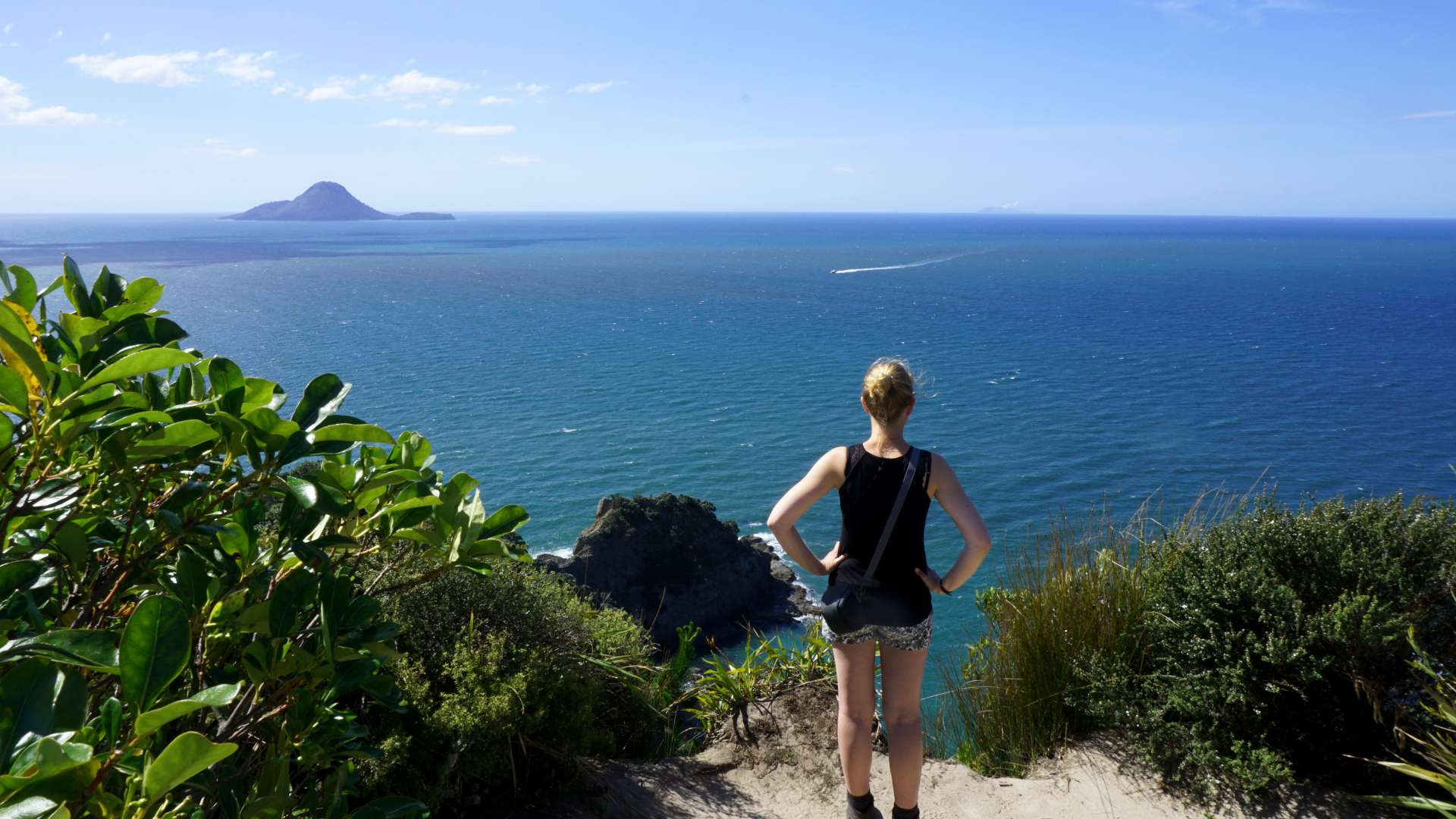
At the end of this eventful day, we drove a little further along the coast to a campground where you got the impression that meth or something similar is being cooked in the run-down caravans. Despite the atmosphere of an American trailer park, it was quite okay and the operators were once again super friendly. After a good night's sleep, we set off the next morning to the easternmost point of New Zealand, to admire the sunrise there as one of the first people in the world. The drive there took us along great beaches and bays along the coast, until the landscape became rougher and the weather worse. Interestingly, we were warned by 'Beware of Seals' signs by the roadside, but unfortunately we didn't see any. Soon we were back on gravel and our next goal for the night was getting closer. We were offered a field right by the sea a few kilometers before East Cape, without water but including an outhouse. In addition, pretty much every livestock fence was broken here, which is why the cows and horses were running around on both the road and the beach. It also rained almost the entire evening, but we were supposed to go to bed early anyway, because the alarm clock rang at 4 o'clock in the morning. In the early morning, we briefly considered whether we should forego the sunrise after all, but we got up and drove the last few kilometers in the deepest darkness to the lighthouse at East Cape. When we arrived there, we had to climb several hundred stairs up to the lighthouse, which can really take your breath away so early in the morning. Finally, when we reached the top, it was already getting light, and we realized that the sky was quite cloudy and the sun, if it was going to rise soon, would probably be hidden behind clouds. Despite the initial disappointment, we were able to see it after waiting for a while, and we'll just assume that we were still the first in the world to see it that day.
Abonējiet biļetenu
Atbilde

Ceļojumu pārskati Jaunzēlande
